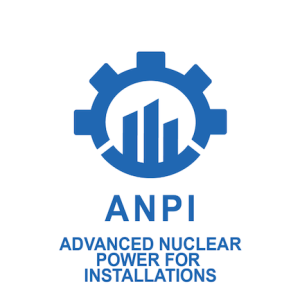The European Commission (EC) will consider hydrogen produced from nuclear power as “low-carbon”, Paula Abreu Marques, head of unit for renewables and CCS policy told the European Commission’s energy directorate. “Electrolysis can be powered by renewable electricity, which would then be classified as renewable hydrogen,” she said.
“If you have electrolysers connected to nuclear power stations, this would be classified as low carbon hydrogen,” Marques told the European Parliament’s committee on environment, public health and food safety. The EC’s clarification was necessary because nuclear power is not mentioned in the European Union’s (EU’s) hydrogen strategy, presented in June.
Using nuclear power for hydrogen production is known as “purple hydrogen” and offers the benefit of low-carbon emissions compared with hydrogen produced from natural gas (grey hydrogen), which is currently the most widely available.
The EC’s hydrogen strategy introduced the concept of “clean hydrogen” in reference to manufacturing processes using renewable electricity, which is the EU’s priority. “Low-carbon hydrogen”, it said, “encompasses fossil-based hydrogen with carbon capture” and “electricity-based hydrogen” with low-carbon life cycles. It did not, include nuclear power as a low-carbon electricity source.
The EC “will not stand in the way” of countries that choose to build new NPPs, said EU climate chief Frans Timmermans, but he warned however about the life-cycle costs of the technology, “which means that you will be stuck with it for a long, long, long time”.
Hydrogen is seen as a way to decarbonise heavy industries such as chemicals and steelmaking, or long-haul transport, including aviation and shipping. Current production methods, however, highly energy intensive and inefficient. Some 95% of hydrogen is produced using natural gas, and 10kg of CO2 are emitted to produce 1kg of hydrogen, EDF says on its website. Plans to use carbon capture and storage to reduce emissions are still under development.
France’s national hydrogen strategy, announced in September, will use “low-carbon” sources, including nuclear as a power source for electrolysis. Germany, however, has said it will produce “green” hydrogen only from renewables such as offshore wind.
Research into nuclear power for hydrogen production has gained momentum recently. In January, French energy utility EDF said it was looking at plans for producing hydrogen from UK nuclear power plants, with a consortium led by the group saying this would meet a significant proportion of the country’s projected energy needs. EDF also set up a subsidiary, Hynamics, in 2019, which aims to use nuclear power from its 58 units, combined with some renewables, to produce hydrogen. Hynamics has identified 40 projects across the UK and Europe for this.
The EC wants hydrogen to be complimentary to a renewables-based energy system with renewable electricity at its core, Marques said.
By 2050, the Commission estimates renewable hydrogen could meet 24% of the world’s energy needs. The Commission aims to support the installation of at least 6GW of renewable hydrogen electrolysers to produce up to one million tonnes and wants that to rise to 40GW by 2030 and be deployed on a large scale by 2050.






